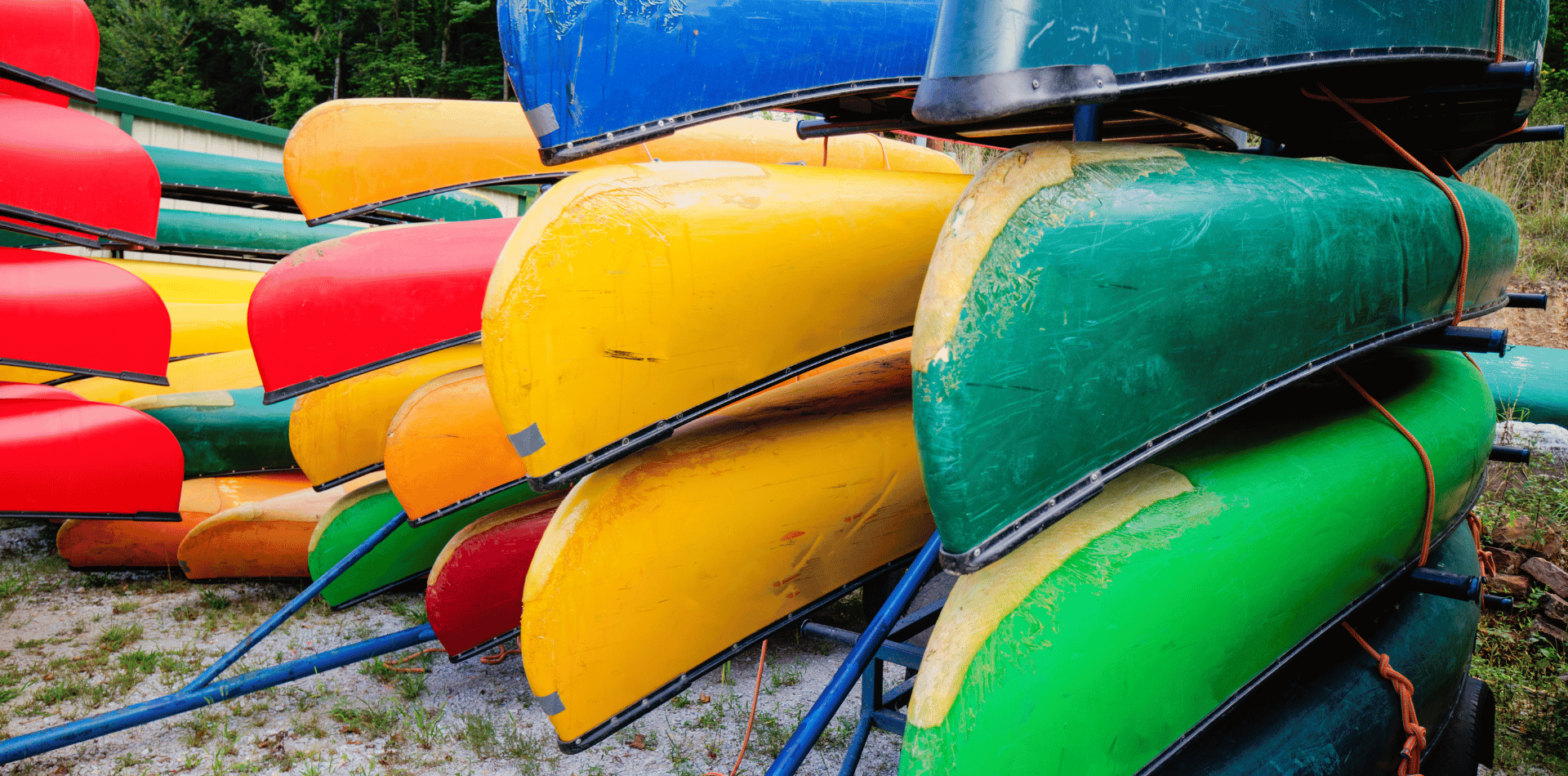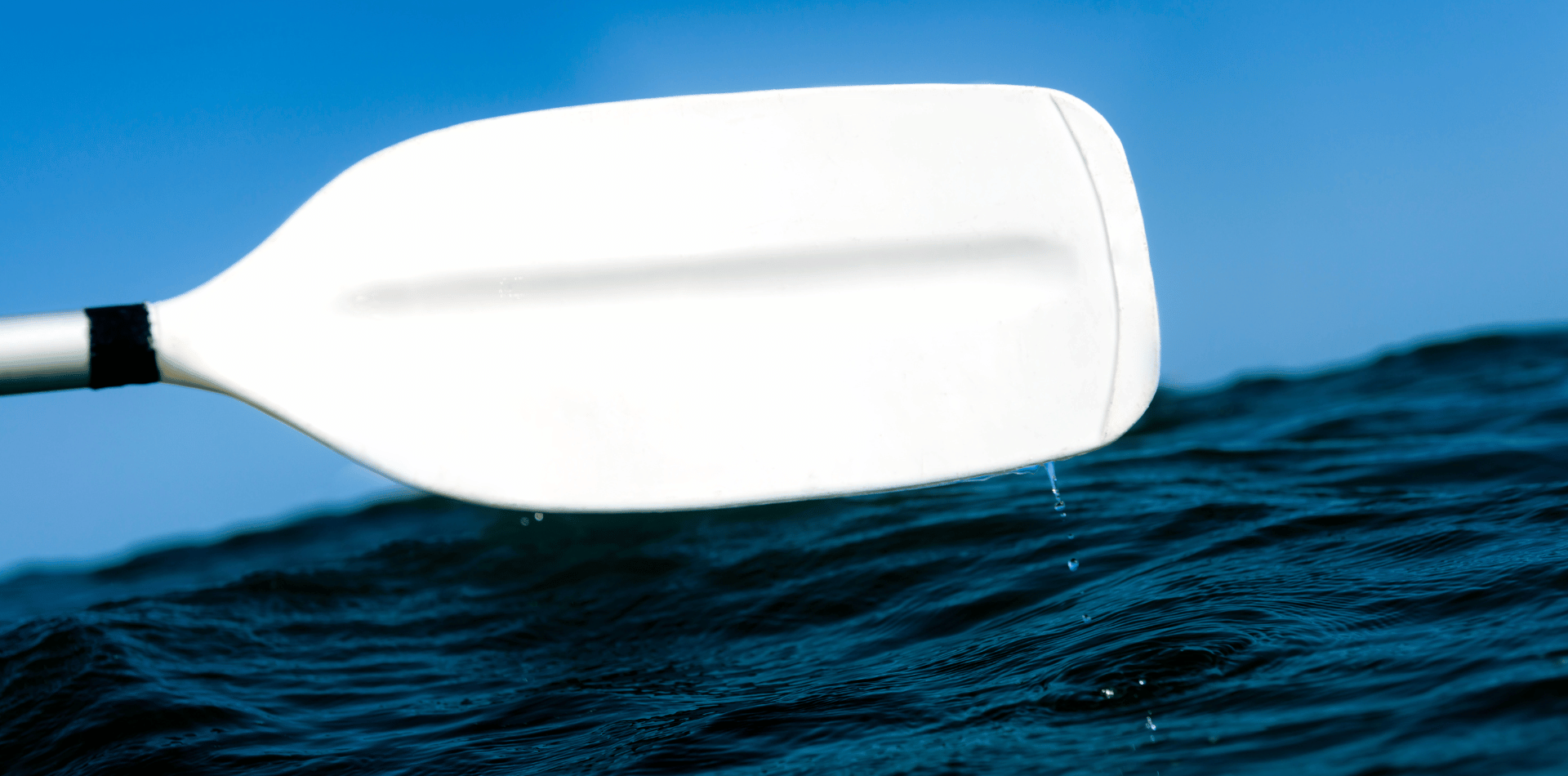Navigating the Waters Safely: Essential Canoe Safety Tips
Essential Canoe Safety Tips for Navigating the Waters Safely.

Canoeing is a beloved pastime that offers a unique blend of adventure, exercise, and tranquility.
Whether paddling down a serene river or navigating the rapids of a challenging stream, canoeing connects us with nature in a deeply fulfilling way.
However, like any water sport, it comes with inherent risks.
Ensuring safety on the water is paramount, and understanding key safety principles can make the difference between an enjoyable outing and a potentially hazardous situation.
Let's look at some of the essential aspects of canoe safety to keep in mind before setting out on your next adventure.
1. Personal Floatation Devices (PFDs)
One of the most critical pieces of safety equipment for any canoeist is a Personal Floatation Device (PFD).
Life jackets are essential regardless of your swimming ability. Accidents can happen unexpectedly, and a PFD can save your life in case of capsizing or falling overboard.
Ensure that each person in the canoe has a properly fitting PFD that is approved by the relevant safety authorities.
2. Skill and Training
Before embarking on a canoe trip, it's important to have basic paddling skills and knowledge of water safety.
Consider taking a canoeing course if you’re a beginner. These courses often cover essential skills such as paddling techniques, how to steer and control the canoe, and what to do in an emergency. Advanced courses can also teach you how to navigate more challenging waters safely.
3. Weather Awareness
Weather conditions can change rapidly, making it crucial to check the forecast before heading out.
Avoid canoeing in severe weather conditions such as thunderstorms, high winds, or extreme cold. Understanding the implications of different weather patterns and how they affect water conditions will help you make better decisions and avoid dangerous situations.
4. Understanding Water Conditions
Different water bodies pose different challenges.
Calm lakes and slow-moving rivers are ideal for beginners, while fast-flowing rivers with rapids require more advanced skills. Be sure to research and understand the specific water conditions of the area you plan to canoe.
Pay attention to water levels, currents, and potential obstacles like rocks and fallen trees.
5. Trip Planning and Communication
Always plan your canoe trip thoroughly. Inform someone reliable about your trip details, including where you’re going, your planned route, and your expected return time. This way, in case something goes wrong, they can alert authorities. Additionally, carrying a map and compass or GPS device can help you navigate and stay on course.
6. Proper Equipment
Using the right equipment is essential for canoe safety.
In addition to PFDs, other important gear includes:
- Paddles: Ensure you have sturdy paddles and consider bringing a spare in case one breaks.
- Helmet: For fast-moving waters or rocky areas, a helmet is advisable to protect against head injuries.
- Dry Bags: Use dry bags to keep essential items like clothing, food, and first-aid supplies dry.
- First Aid Kit: Always have a well-stocked first-aid kit and know how to use it.
- Repair Kit: Include items like duct tape, a multi-tool, and spare parts for quick repairs on the go.
7. Hydration and Nutrition
Staying hydrated and nourished is important, especially on longer trips.
Bring plenty of water and high-energy snacks to keep your energy levels up.
Avoid alcohol or drugs before or during your canoe trip, as they impair judgment and coordination.
8. Dress Appropriately
Dressing for the conditions is crucial.
In cooler weather, wear layers that can be added or removed as needed. Consider wearing a wetsuit or drysuit in colder water to prevent hypothermia. Sun protection is equally important; wear a hat, sunglasses, and sunscreen to protect against UV rays.
9. Loading the Canoe
Properly loading your canoe can affect its stability and handling. Distribute weight evenly and keep heavier items low and centered. Secure all gear to prevent it from shifting during the trip, which can destabilize the canoe.
10. Emergency Preparedness
Despite all precautions, emergencies can still happen.
Be prepared to handle them by knowing basic rescue techniques. Practice self-rescue and assisted-rescue procedures with your paddling partners. Carry signaling devices like a whistle or mirror to attract attention if needed.
11. Respect for Wildlife and Environment
Part of canoe safety includes respecting the natural environment.
Avoid disturbing wildlife and practice Leave No Trace principles by packing out all your trash. Preserving the environment ensures that future generations can enjoy canoeing in clean, pristine waters.
12. Group Safety
Canoeing with others is generally safer than going solo.
Group trips provide mutual support and assistance in case of an emergency. Establish a buddy system where each person looks out for another, ensuring everyone’s safety.
13. Night Paddling Precautions
If you plan to canoe at night, take additional precautions.
Ensure your canoe is equipped with appropriate lighting, such as a waterproof flashlight or headlamp. Wear reflective clothing and use glow sticks or other visibility aids to help others see you in the dark.
14. Alcohol and Drug Use
Avoid consuming alcohol or using drugs before and during your canoe trip. Both impair your judgment, coordination, and reaction time, significantly increasing the risk of accidents.
Conclusion
Canoeing offers a unique opportunity to explore the great outdoors and enjoy the tranquility of the water.
By prioritising safety and following these essential guidelines, you can minimize risks and ensure that your canoeing adventures are both enjoyable and safe. Remember, preparation and caution are key components of a successful canoe trip.
Respect the power of nature, stay informed, and always prioritise safety for an unforgettable and rewarding canoeing experience.


